
To judge by old maps, this splendid cast-iron-fronted building was put up in the 1880s for William Carr, and it remained in the Carr family for decades after that. These days the details are picked out in shades of pale blue.

Americans don’t look up. That is the best explanation old Pa Pitt can come up with. It accounts for a number of phenomena: our blank, undecorated ceilings, or even worse our acoustical-tile ceilings; the disappearance of cornices and the healing of the scars thus left with the aluminum equivalent of duct tape; and the way builders and even architects renovate lower floors of a building without even a glance at what the remainder above looks like. Here we have a bedraggled building from 1883 that could be splendid if it were restored, or just renovated with some minimal taste. But what shall we even call that shingly excrescence on the lower two floors? We also note that all the upper windows are gone except on the third floor, where someone has installed a stock glass sliding door. “I’m just stepping out for a breath of fresh air,” says the visitor…
The Brutalist spiral next door would have been a striking feature in a block of modernist buildings; it seems like, and probably was, a deliberate insult here.



This grand building from the 1880s towers over its lowlier neighbor with a Potemkin attic that has nothing behind it. The next generation of architects would cringe at the fussiness of the details, but they are harmonized well.

Old maps show this building as owned by Mrs. M. A. Fuchs in 1890, and still owned by her in 1923.

Update: A kind correspondent corrects us: these are postmodern Victorian buildings designed by Gunther J. Kaier Architects, which earned the company that built them an award for fitting them so neatly into the streetscape. Father Pitt keeps the original text of the article below to point out how delightful it is to be wrong sometimes.
These two Italianate buildings are alike in their decorative detailing, and at first glance we might take them for identical twins (discounting the altered ground floors). The one on the right, however, is wider by a small but significant amount. They were built in the 1880s, to judge by old maps, and they appear to have been separately owned from the beginning. The one on the left belonged to S. Bornshire in 1890, and still belonged to S. Bornshire thirty-three years later in 1923.

Not the one with the Christmas tree, but the one before that. Horne’s was Pittsburgh’s first department store, and in 1880 the already-well-established Joseph Horne Company built this grand mercantile palace. It was Horne’s for only about seventeen years: in 1897, the department store moved to its much larger location at Penn Avenue and Stanwix Street, where it would stay for almost a century. After that, the Pittsburgh Post moved into this building, and later the Sun as well, when they were under the same ownership.

The Wikipedia article on the Joseph Horne Company is a mess, and old Pa Pitt ought to work on rewriting it, except that it would require extensive research. Among other things, it tells us (without citing a source) that this building was built in 1881 (which may be when it opened) and was designed by Charles Tattersall Ingham, who would have been four years old when he designed it. Decent work for a four-year-old. However…

The lower floors got a complete makeover in 1920, when the building was a newspaper headquarters, and that part of the building is in the trademark Ingham & Boyd style: rigorously symmetrical, with meticulously correct classical detailing. Charles Tattersall Ingham would have been 44 years old then, right in the middle of a prosperous career. Old Pa Pitt will therefore tentatively attribute that 1920 remodeling to Ingham & Boyd.

Do you have plans for a luxury-apartment project downtown? Here is your opportunity. Everyone else is doing it.
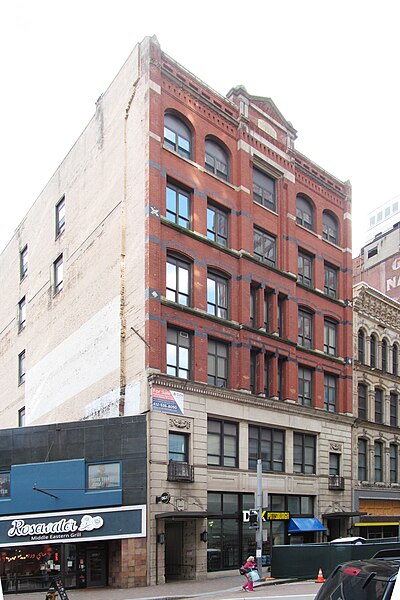

The two sides of this duplex, which probably dates from the 1870s or 1880s, have gone their separate ways, but the whole building is well preserved. The demolition of a badly mutilated house next door gives us a chance to appreciate some of the details on the side of the house.
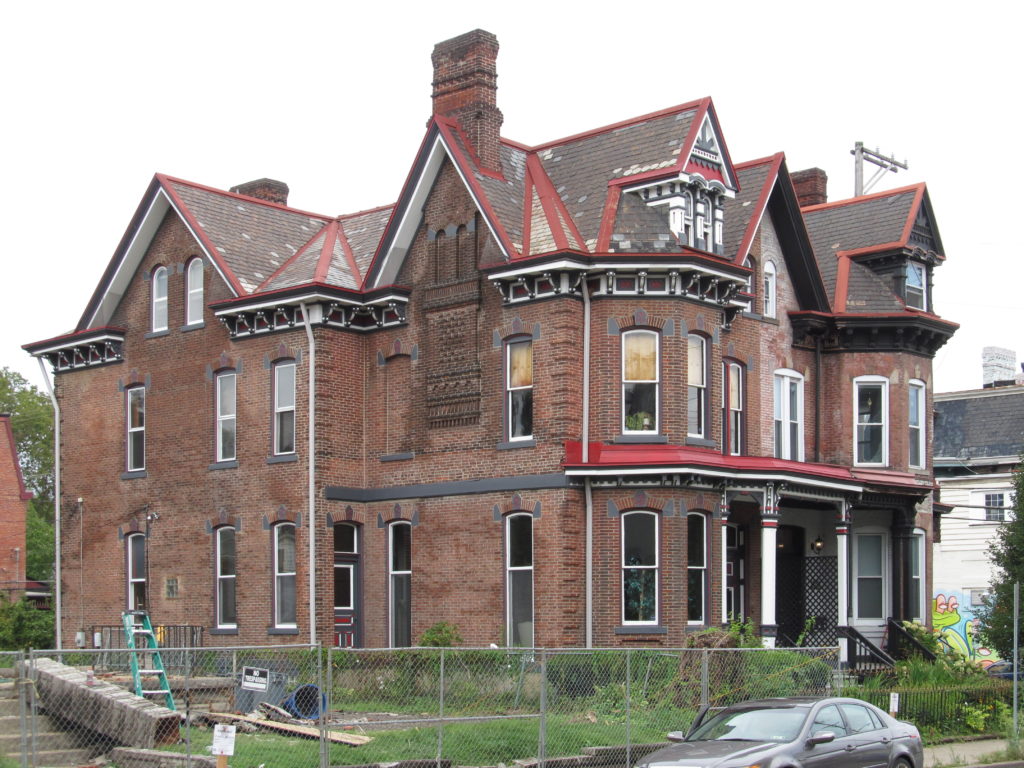
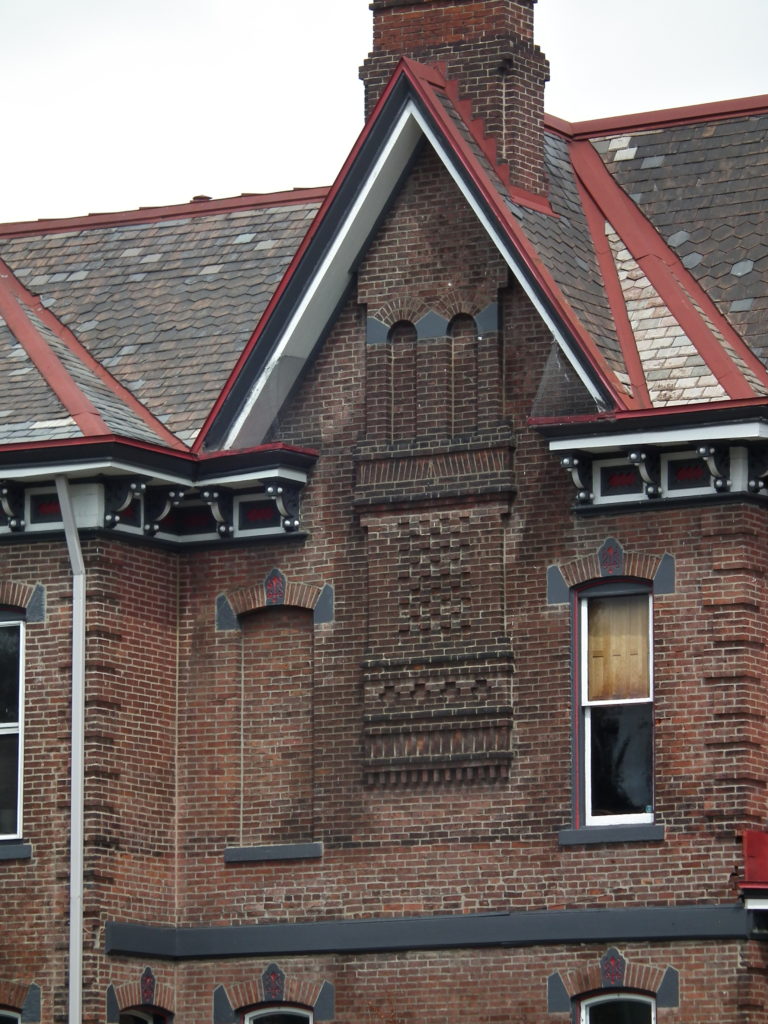
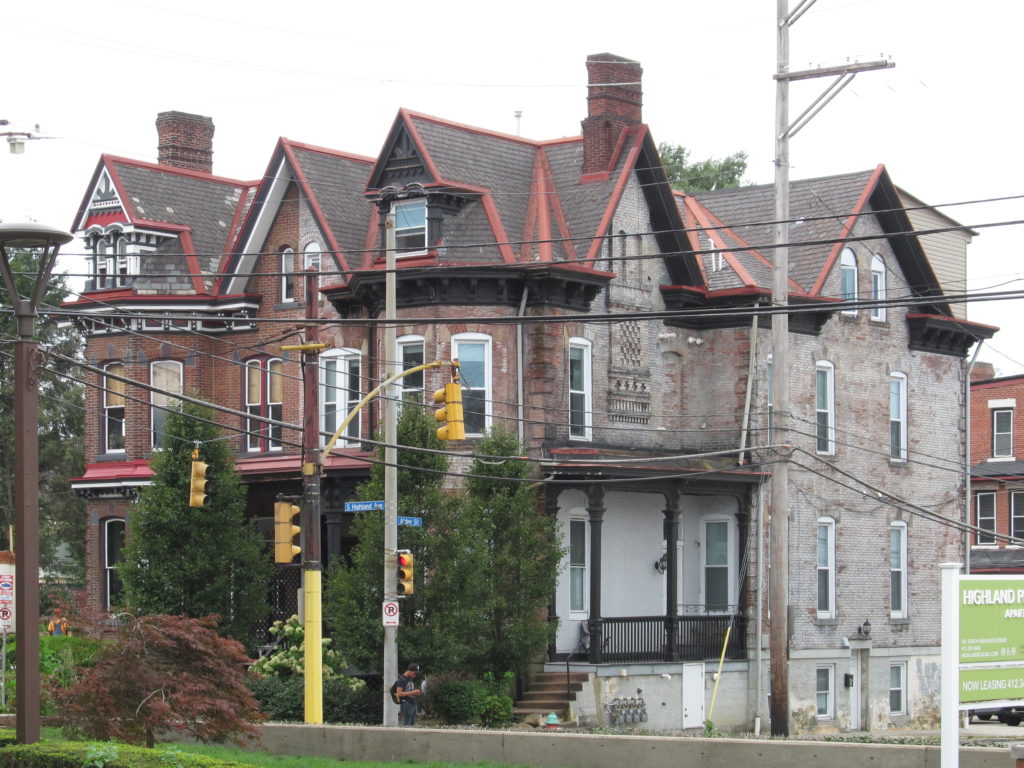
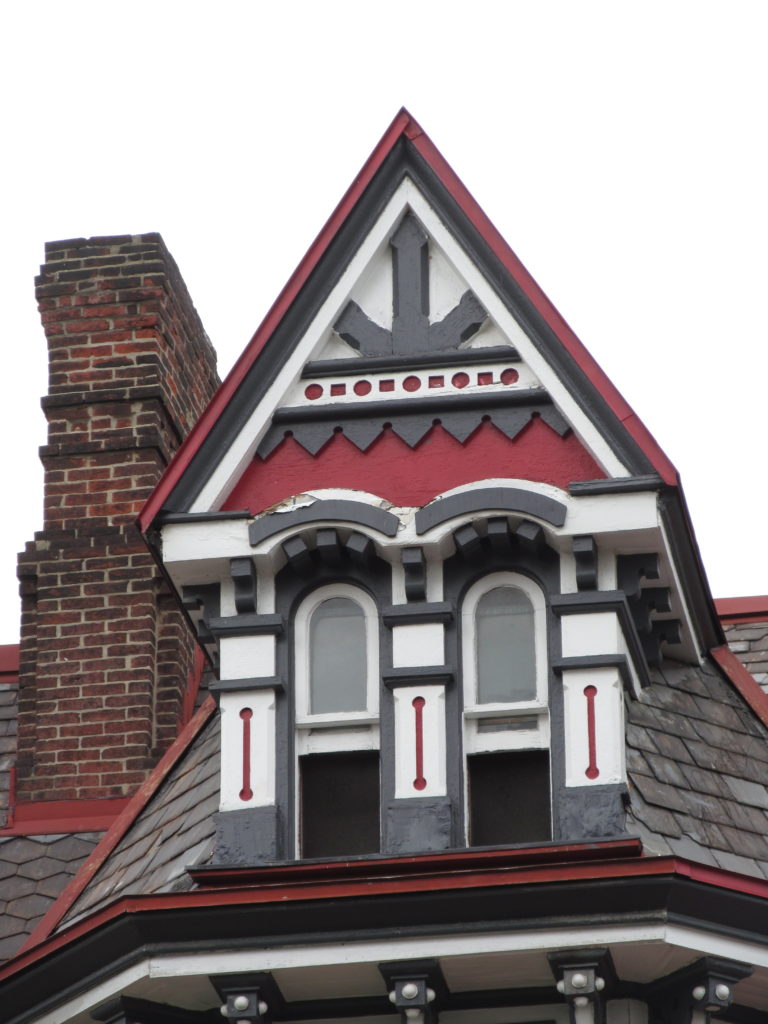
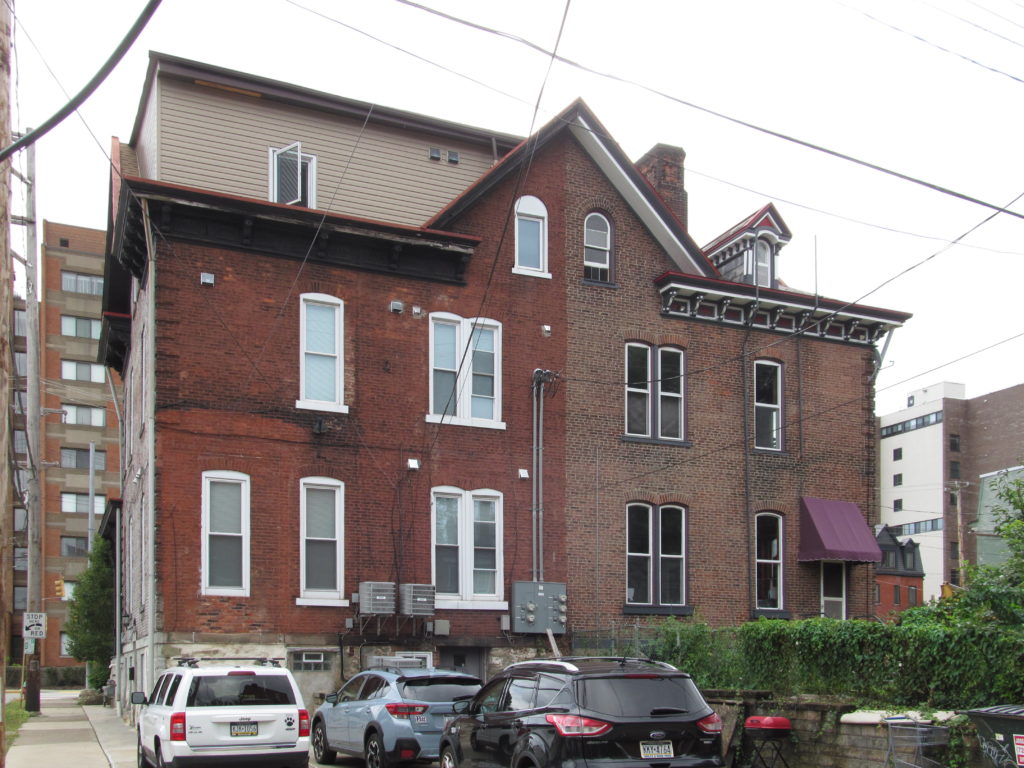
This rear view shows us a very inartistic addition to the third floor of one side, which is fortunately invisible from the front.
